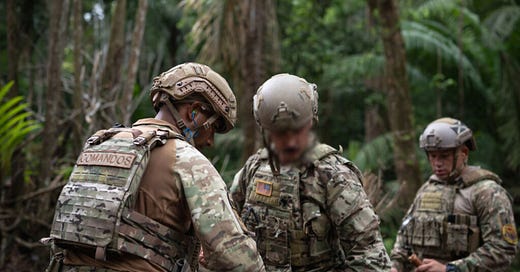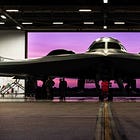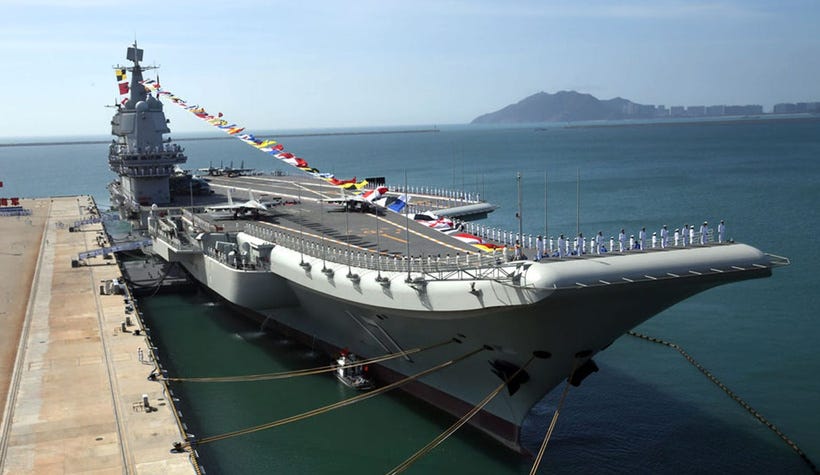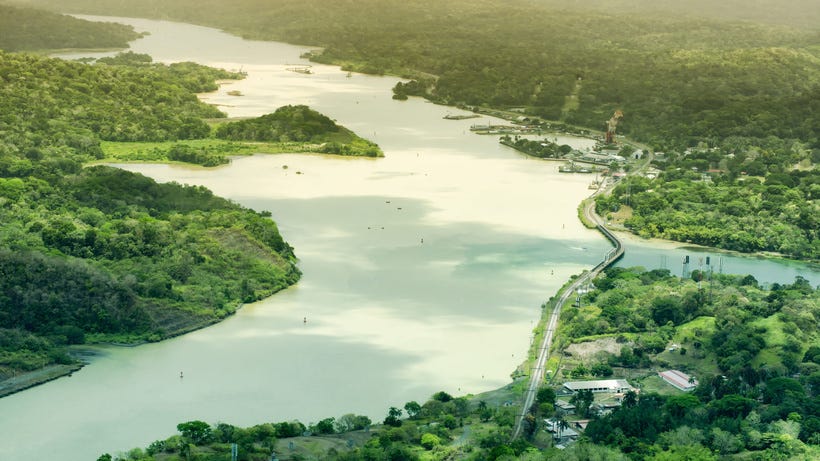Global Military Dynamics: Cooperation in the Americas, Rising Tensions In The Indo-Pacific, Middle East, Europe, and Arctic Regions
Today, U.S. Central Command shared an update accompanied by footage of the USS Carl Vinson (CVN 70) operating within the Area of Responsibility (AoR), alongside the USS Harry S. Truman.
GLOBAL — On April 4, 2025, the U.S. Department of Defense announced enhanced security collaboration across the Western Hemisphere, focusing on North and South America. Meanwhile, U.S. Central Command persists with continuous strikes on Houthi targets in Yemen, aimed at curbing the group's assaults on vital international shipping routes through the Red Sea, Gulf of Aden, and Arabian Sea.
Note: Once again, I truly appreciate your understanding and support as I focus on coding the new software. These reports are incredibly demanding and time-intensive, as I strive to make them as comprehensive as possible. My goal is to ensure they provide a full picture with the necessary geopolitical scope and maintain the highest level of accuracy.
Today, U.S. Central Command shared an update accompanied by footage of the USS Carl Vinson (CVN 70) operating within the Area of Responsibility (AoR), alongside the USS Harry S. Truman. The Truman has been conducting sustained strikes on Houthi positions in Yemen
U.S. Central Command released a statement that said, "Aircraft Carrier USS Carl Vinson (CVN 70) with its air wing consisting of F-35C Lightning IIs works alongside the USS Harry S. Truman (CVN 75) in the U.S. Central Command area of responsibility."
Indo-Pacific Region: From April 1 to April 5, 2025, China conducted its "Strait Thunder-2025A" military exercises near Taiwan, escalating regional tensions. The drills peaked on April 1–2 with 76 aircraft and 19 naval vessels, including 4 official ships, according to Taiwan’s Ministry of Defense. By April 3, activity subsided to 59 aircraft, 23 naval vessels, and 8 official ships. Simulated blockade scenarios were featured in the exercises, drawing criticism from the United States, which labeled the drills as "aggressive."
In March and April 2025, U.S. military leaders presented testimony before Congress addressing critical global strategic challenges. Topics included China's military expansion, nuclear advancements by adversarial nations, and threats to homeland and space security. These discussions underscored a U.S. strategy centered on regional stabilization and global deterrence.
Americas: The Pentagon announced that Secretary of Defense Pete Hegseth attended the 2025 Central American Security Conference (CENTSEC) in Panama City from April 8 to 10. The conference aimed to bolster partnerships with Panama and other Central American nations in addressing regional security challenges such as illegal migration, transnational crime, China’s increasing influence, and the strategic protection of the Panama Canal.
Europe, Arctic Region: Also addressed was Russia's expansion in the Arctic, with new airfields enabling strikes across the polar cap, which the Pentagon says is the shortest path to U.S. territory, along with Russia's Northern Fleet's attempts to penetrate the Greenland-Iceland-United Kingdom gap with submarine-launched cruise missiles threatening the Atlantic.
According to the Pentagon, the number of Russian bomber incursions into the U.S. and Canadian air defense identification zones has increased. Additionally, the Russian Navy's surface and subsurface vessels conducted deployments off both U.S. coasts, including in the vicinity of Alaska. The United States has been tracking these incursions as well as joint Russian-Chinese bomber patrols off the Alaskan coast.
Pentagon: Chinese President Ordered Its Military To Be Ready To Invade Taiwan By 2027, Aiming To Dominate Indo-Pacific Region, Addresses Whether US Will Be Taking Panama Canal, China Responds To New US Tariffs:
Keep reading with a 7-day free trial
Subscribe to The Standeford Journal - News, Intel Analysis to keep reading this post and get 7 days of free access to the full post archives.









